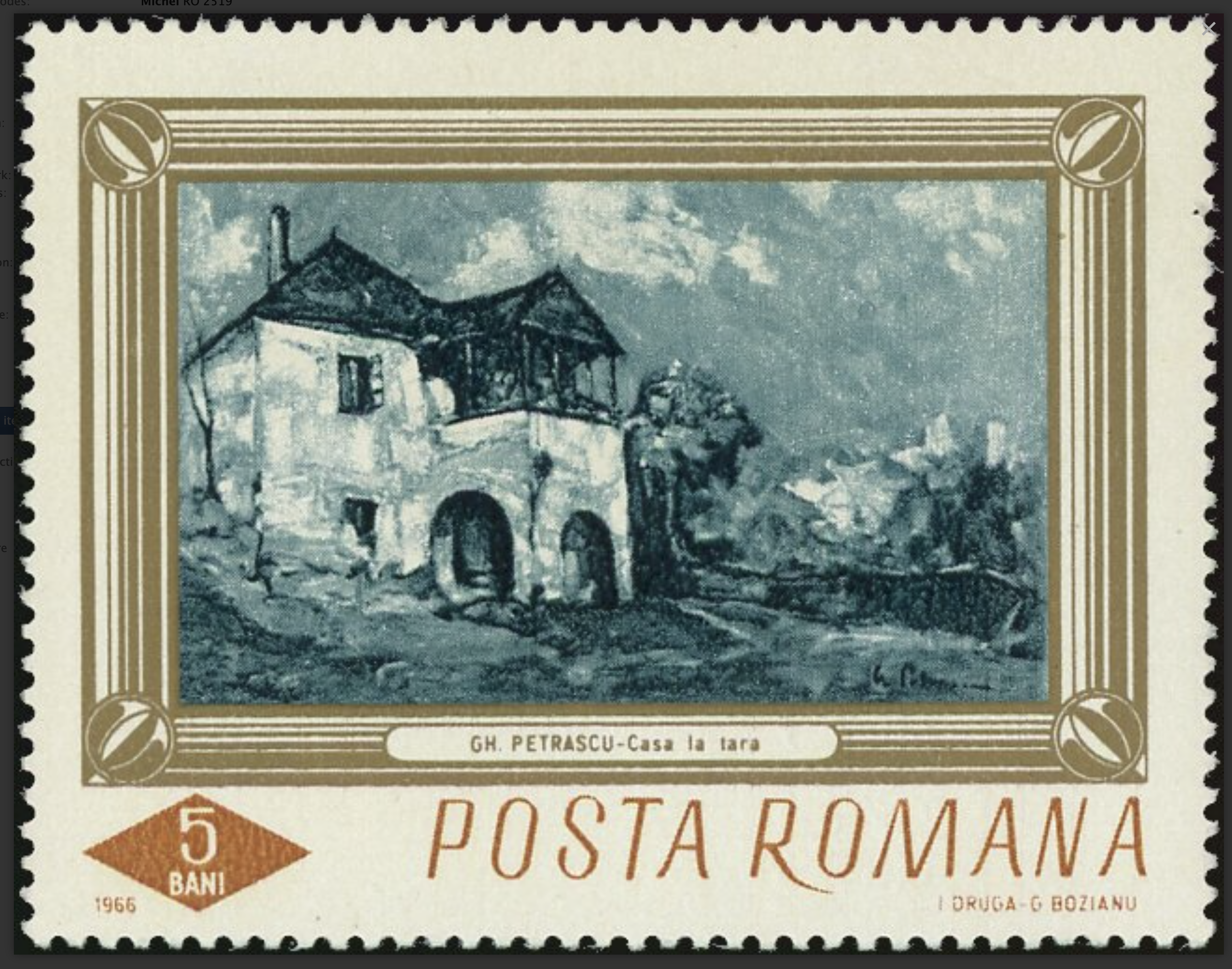Poland #1515 (1967) – Siberian Iris (Iris sibirica)
$0.35
Poland #1515 (1967) – Siberian Iris (Iris sibirica)
1 in stock
Description
Poland #1515 (1967) – Siberian Iris (Iris sibirica)
The Siberian iris, scientifically known as Iris sibirica, is a species of iris native to Europe and Asia, including Siberia. It is a beautiful and hardy perennial plant that is highly valued for its ornamental qualities. Here are some key characteristics and information about Siberian iris:
- Botanical Characteristics:
- Plant Height: Siberian iris plants typically grow to a height of 2 to 4 feet (60 to 120 cm).
- Leaves: The leaves are narrow and sword-shaped, with a deep green color.
- Flowers:
- Siberian iris produces striking and elegant flowers. The blooms are usually blue, violet, or purple, although there are also white and pink varieties available.
- The flowers have six distinct petals, consisting of three falls (lower petals) and three standards (upper petals).
- The falls often have prominent veining and signal markings near the center, which serve as guides for pollinators.
- Siberian iris flowers have a delicate and graceful appearance.
- Bloom Time:
- Siberian iris typically blooms in late spring to early summer. The exact timing of flowering can vary depending on local climate and conditions.
- Growing Conditions:
- Siberian iris is known for its adaptability and can thrive in a wide range of soil types, from well-draining, sandy soils to clayey soils. It prefers slightly acidic to neutral soil.
- These iris plants grow best in full sun or partial shade, making them suitable for a variety of garden locations.
- They are quite hardy and can tolerate cold temperatures, including frost.
- Cultural Care:
- Siberian iris is relatively low-maintenance. Regular watering is needed, especially during dry spells.
- To promote healthy growth and flowering, it’s recommended to divide the rhizomes every few years in the late summer or early autumn.
- Deadheading (removing spent blooms) can help prolong the flowering season.
- Landscape Use:
- Siberian iris is a popular choice for gardeners looking to add elegance and color to their landscapes. It’s often used in perennial borders, along water features, and in mixed perennial beds.
- They also attract pollinators like bees and butterflies, making them beneficial for wildlife gardens.
- Varieties:
- There are numerous cultivars of Siberian iris available, offering a wide range of flower colors and patterns. Some popular cultivars include ‘Butter and Sugar’ (white and yellow), ‘Caesar’s Brother’ (deep purple), and ‘Tropic Night’ (dark purple-black).
Siberian iris is a lovely perennial plant appreciated for its graceful and colorful blooms. It is a versatile addition to gardens, providing visual interest and attracting pollinators. Whether grown in traditional garden settings or more naturalized landscapes, Siberian iris adds beauty and charm to outdoor spaces.
Ready to ship in 3-5 business days from United States (US)
Additional information
| Weight | 0.0149 lbs |
|---|---|
| Condition | |
| Country | |
| Scott Number | |
| Stamp Format | |
| Stamp Type | |
| Year of Issue |













